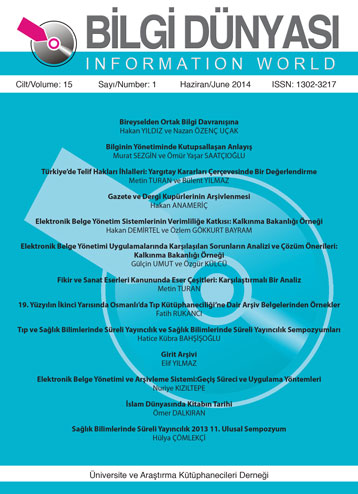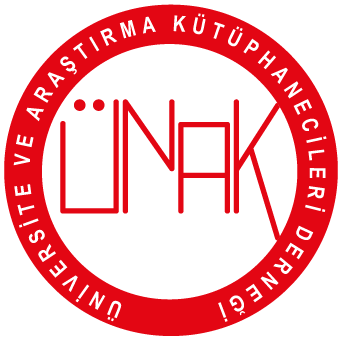Technological Change of Book
DOI:
https://doi.org/10.15612/BD.2014.414Keywords:
Book, Electronic book, Electronic book technologyAbstract
The book has been a device - information conveyer - that should be taken into consideration in two perspectives whatever it is written on papyrus, parchment, wood or metal layers as rolls or bound. Book is defined as a work, formed by binding written or printed pages, presenting a subject in a particular order. These two elements forming book are its content and physical structure. The content expresses the subject / theme, that is the purpose of the book, and it conveys the informative, instructive, guiding and critical things. The “book” concept, no matter what its type and concept is, has been inculcated into our minds in the process between Rig Veda dated 3000-3700 years ago, in which the first holy texts of Hinduism take place, and the present electronic books. “Book” refers the same action and form no matter in which language and wherever it is said. Technology changing/facilitating the lives of individuals in every field in the last 30 years make may changes for book having a long history. However, this change aims at accessing, producing/writing books, making use of them and making them more joyous rather than concepts and components of it. Several academic and social studies have been carried out on e-book theme in the fields such as education, electronic sources, libraries, information services, reading habits and communication in the last 10 years. In this study, the differentiation in the book concept of individuals in daily life thanks to the e-book technology -with basic elements author, publisher and reader- is evaluated in the context of visual and print media examples from a different point of view.
Downloads
Published
How to Cite
Issue
Section

This work is licensed under a Creative Commons Attribution 4.0 International License.






